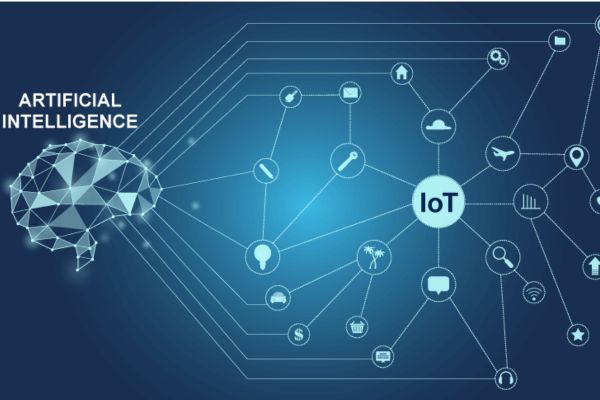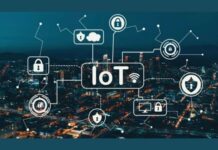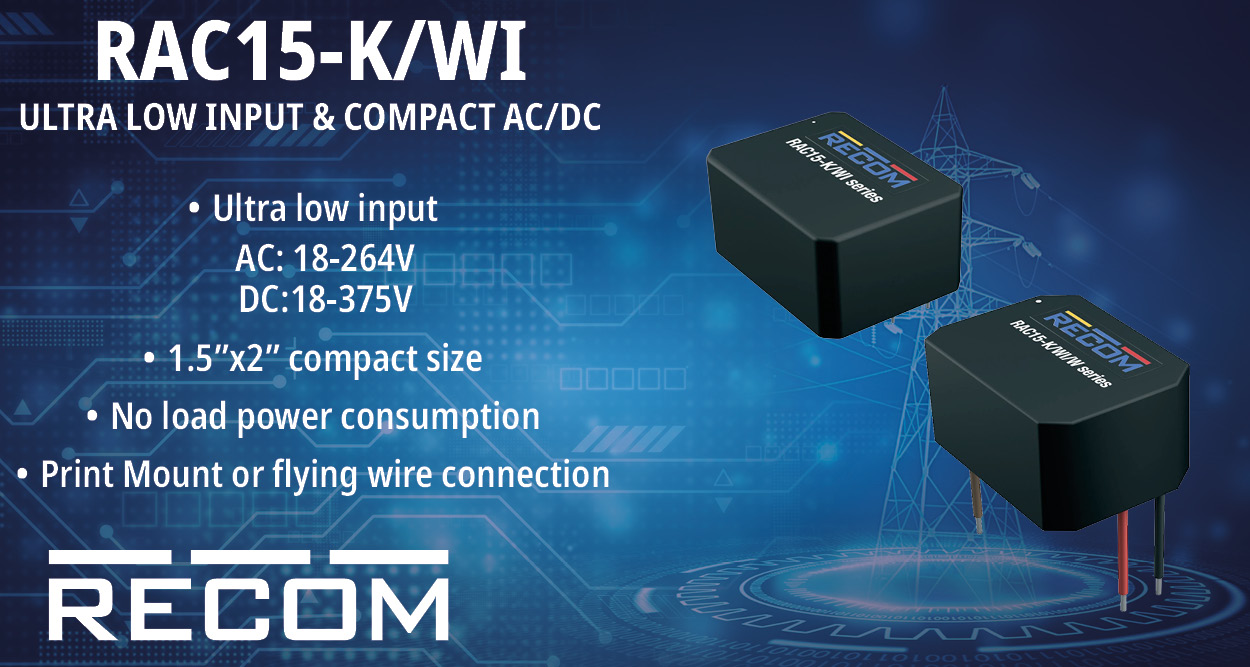Introduction
The Internet of Things (IoT), and Artificial Intelligence (AI) are two of the fastest-evolving technologies that are currently witnessing an enormous boom in terms of demand in the marketplace. These new-age technologies have made tremendous progress and development in recent years in a number of different industries such as medical and healthcare, automobile, manufacturing etc.
IoT in Embedded Systems
When we speak of IoT in the context of embedded systems, we are discussing the complex interconnection of different devices within a system, through which proper and efficient communication of devices is enabled. For instance, integration of devices that make use of the 5G network; this technology helps to improve communication between devices. The smooth integration of IoT is becoming a key determinant in designing and shaping the future landscape of a number of industries, especially in medical and healthcare services, as well as in smart home automation.
AI in Embedded Systems
AI in embedded systems refers to the integration of AI resources in a system. It involves algorithms and models, which are programmed and embedded in devices so that they can perform a vast number of complex tasks in a short time. AI chips are hardware components designed to accelerate the processing speed of complex algorithms.
Integration of IoT devices and AI within a system
Now, let us look at how the integration of AI and IoT in embedded systems will shape the future of embedded systems. IoT includes devices such as sensors and actuators. AI involves programming, building models, and using various other algorithms. Both, individually, have their limitations. Integrating these two in a single system will definitely lead to a great outcome.
In home automation technology, AI is embedded in devices such as LED. AI and IoT are used in diverse real-time application, one is used for identifying objects and the other for tracking environmental conditions via sensors. When both are incorporated, they communicate effectively with each other, leading to smart indoor lighting. This involves control of light’s intensity (dim or bright) based on environmental factors, leading to energy-efficient lighting, usually controlled by devices such as a remote or a smartphone.
Looking at a broader application, the medical and healthcare sector uses an AI Based fever detection camera for thermal imaging and detection of increase in body temperature of an individual. This has not just improved the accuracy but also has automated the process of diagnosis. During COVID-19, as fever was one of the symptoms of being diagnosed with COVID-19, this was used in public places to detect body temperature,
Future Outlook
In future, for development of smart cities, AI can be embedded with IoT devices, for enhancing the performance of the devices, leading to effective communication and proper management. Let us consider the surveillance systems. The CCTVs are devices used for ensuring safety and security of people, as well as objects. But if we integrate AI in this system, it will definitely become easy to detect mishaps in real time. For instance, object detection. For a smart city, CCTVs with embedded AI can be used to detect the vehicle’s number plate, whether a person is wearing helmet or not and for security purposes such as in banks, or commercial buildings and complexes.
Apart from this, the agricultural sector can be modernized using AI and IoT. Integration of AI in agricultural drones can help in real-time sensing and imaging of crops and fields. The farmers will be able to gain insights about their crop and take actions accordingly. This makes the process of checking the quality of crops easy, leading to less manual labor and less time consumption.
These are just few of the applications of IoT and AI in embedded systems. There are many more applications of this in various industries, including manufacturing, retail and transportation.
Limitations
Although these technologies have made advancements in multiple domains and have a great scope for the future, there are certain limitations to them:
- High Costs: It is one of the main concerns regarding this technology. The devices embedded with AI and IoT are expensive. Not every type of industry (small scale and startups) is able to afford it, thus limiting its reach.
- Lack of training: This technology is not known by many, and at first it could be difficult to understand its use. This will require proper training of the users to get familiar with the technology.
- Security concerns: Security is one of the key aspects, especially in sectors such as banking, defense, aerospace, etc. The data needs to be secure. Poor security may lead to data breaching, data leak or even data stealing. Confidential information could be at risk if security is compromised.
- Inaccuracy: Since this is an emerging technology, it is still not fully developed for high level use. It may give inaccurate results at times. Hence, cross-validation becomes necessary.
Conclusion
In conclusion, it can be asserted that despite the existence of certain limitations associated with the utilization of this technology, the future appears promising. These limitations can be surmounted through ongoing testing and by allowing for the possibility of enhancements.

















